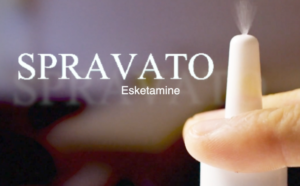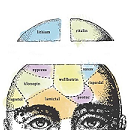From RxISK: “The Spravato story, it seemed to me, was a bait-and-switch on two levels:
- The buzz around this drug had been based on impressive results from IV ketamine treatment: one or two full-dose infusions, with no attempt to suppress the dissociative or ‘trip-inducing’ effects. But ‘esketamine inhaler therapy’ was a different animal altogether: a lower dose designed to minimize these effects, and thus be suitable for long-term use. The results had been remarkably UN-impressive. Meanwhile, the hazards of using esketamine on a ‘maintenance’ basis were unknown. They might be completely different from those associated with one or two full-on ‘trips.’ There were at least three suicides in Janssen’s inhaler studies – all in the treatment group.
- The second bait-and-switch: ‘Severe depression’ with an imminent risk of suicide was cited as the condition for which this drug was so urgently needed. And IV ketamine did seem to work rapidly for such patients. But those were not the patients chosen to test Janssen’s inhaler: subjects with any suicidal ideation or behavior in the past six monthswere excluded! Instead, the target was patients with treatment-resistant depression or ‘TRD,’ defined as those who had tried at least two antidepressant pills without adequate relief.
That is not to trivialize TRD – most people carrying that diagnosis are definitely suffering. But the majority are not at imminent risk of suicide or otherwise in acute crisis. More commonly they are trapped in a chronic state of low energy, low motivation and ‘anhedonia’ or inability to feel pleasure, which can drag on for years.
I know, because I’m one of them – and I almost enrolled in a Spravato study. Here’s what I learned from the experience.”












